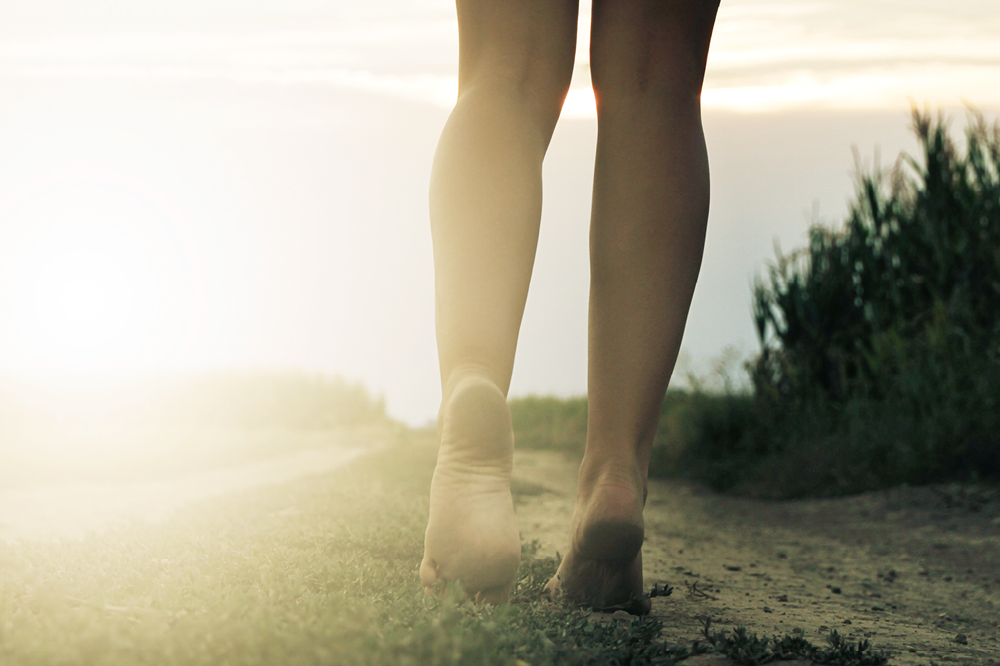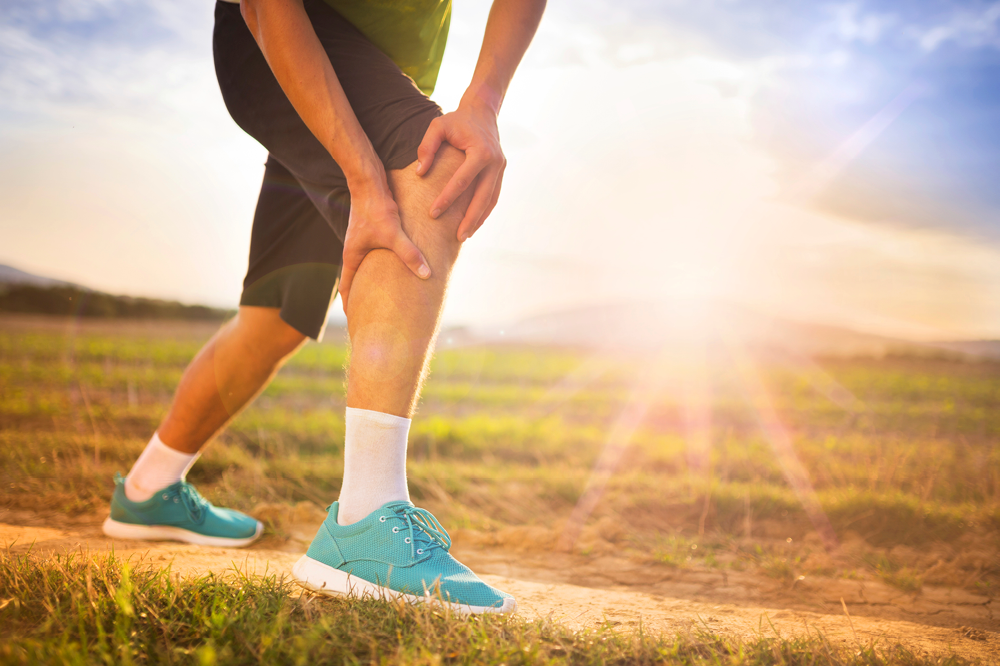Muscle spasms and cramping can happen in any part of the body, but people generally tend to experience the uncomfortable sensation in their feet, toes and legs (the latter of which is called a Charley Horse). Though rarely harmful to your health, muscle cramps are often painful, with the tightness lasting anywhere from a few seconds to several hours. Find out the most common causes of foot cramps and leg cramps, and the ways in which you can prevent a Charley Horse and other painful muscle tightening from happening.
What Causes Leg Cramps, Foot Cramps and Toe Cramps
There are many causes of foot and leg muscle strain that lead to cramps and Charley Horses. They include:

- Dehydration: Not drinking enough water throughout the day can lead to intense foot and leg muscle cramps, so be sure to stay adequately hydrated with plenty of healthy fluids.
- An imbalanced diet: Having too much or too little of certain elements like calcium, magnesium, potassium and sodium can impede your muscles’ ability to contract and relax. Be sure to include plenty of vitamin and mineral rich fruits and vegetables into your diet. Leafy greens and bananas are especially helpful.
- Stiff muscles and inadequate stretching: The key to creating and maintaining strong, flexible muscles is frequent activity and proper stretching. Be sure to engage in both dynamic and static stretching before and after physical activity, and avoid over-straining muscles by engaging in too much exercise.
- Poor circulation: Blood flow is responsible for bringing oxygen to your limbs, and poor circulation can lead to intense cramping and muscle spasms. You can try warm foot baths and gentle massage to help stimulate blood flow, but definitely visit your doctor or a podiatrist if the cramps become chronic or get worse during walking.
- Your shoes: Ill-fitting or uncomfortable footwear can cause foot and leg cramps, especially in women who wear high heels. Try switching out to supportive footwear and avoid wearing heels on a daily basis.
- Side effect of medication: Though not as common, some cramps are due to medications, including diuretics and cholesterol-lowering medicines. If you are taking a prescription medication, be sure to talk with your doctor about any muscle spasms or cramps you may be experiencing.
- Pregnancy and other medical conditions: Changing hormones and bodily changes that come along with pregnancy can cause muscle cramps, as can other health conditions like diabetes, liver disease and peripheral neuropathy.
Remedies For Foot and Leg Cramps: Instant Relief
The quickest ways to help relieve a cramped muscle or Charley Horse include:
- Putting weight on the affected muscle
- Gently rubbing and squeezing the affected muscle
- Using a warm bath or a heating pad to stimulate circulation
- Taking a non-steroidal anti-inflammatory medication

Preventing Foot and Leg Cramps
You can help prevent muscle cramps and spasms by:
- Massaging and stretching your foot and leg muscles on a daily basis, especially if you engage in physical activity
- Making sure you eat a balanced diet that includes muscle-friendly foods like bananas, almonds, broccoli, and spinach
- Avoid sugar and caffeine, which can cause muscle tightening
- Wear comfortable, supportive shoes and avoid wearing high heels whenever possible
- Drink plenty of water so your entire body stays sufficiently hydrated
When To Visit A Doctor For Leg Cramps, Foot Cramps and Toe Cramps
It is recommended that you visit your doctor or a podiatrist if you are experiencing recurring foot, toe or leg cramps (happening daily or several times per week), espeically if they continue to occur after you try the above home remedies. Muscle cramps are considered benign, but recurring spasms could be a symptom of a serious, underlying health problem.


